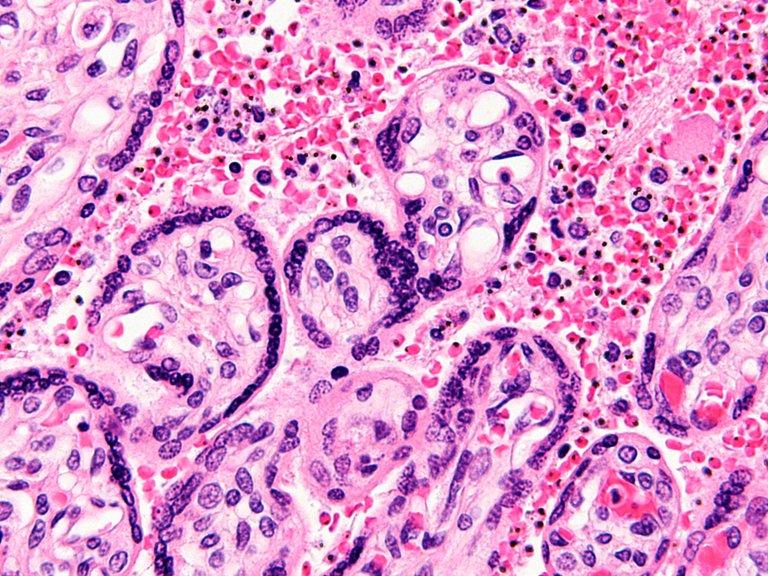Malaria Diagnostic Magnets

A team of Hungarian researchers has designed a simple and cheap device to diagnose malaria using conventional magnets and lasers. The magnetic and optical properties of a waste produced by the head of malaria have been the key of researchers at the University of Technology and Economics of Budapest.
The host's red blood cell infects and destroys malaria-causing parasites and expels crystals called hemozoin in the digestive process. Malariums, known as pigments, are an interesting potential for researchers who want to develop new diagnostic techniques, since they are created by all varieties of parasites, and have also been detected in the fossil record, which is a metabolic process that has remained unchanged over time. They also have distinctive magnetic and optical characteristics that are not typical of another blood molecule, so their detection is enough to know that the person is contaminated. However, this methodology does not allow to know the variety of parasites that have contaminated the patient and the treatment is not the same for all varieties.
The device consists of a series of rotating ring magnets and a laser (size of a laptop). Once the blood sample is placed in the center of the rotating ring, the crystals guide the hemozoin to the magnetic field of the ring and transmit the laser beam received with a certain pattern.
Using this methodology, Hungarian researchers have been able to detect very small concentrations of parasites: 25 parasites/ml in the case of blood samples (the current portable and cheap diagnostic tools have a limit of 100 per ml; the sophisticated ones in 5); and a single parasite per ml with only plasma. Researchers believe that the tool can help in early diagnosis and now want to design a smaller device about 20 cm.
Buletina
Bidali zure helbide elektronikoa eta jaso asteroko buletina zure sarrera-ontzian











